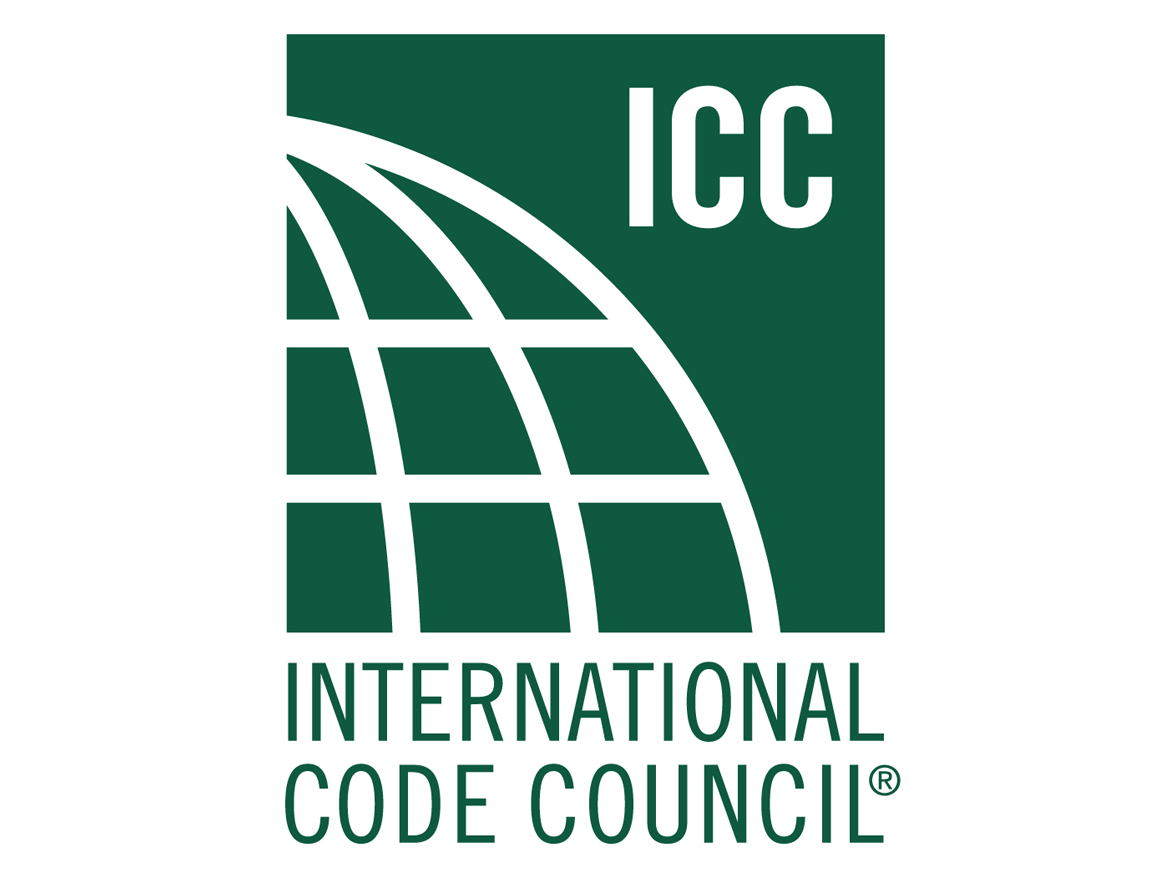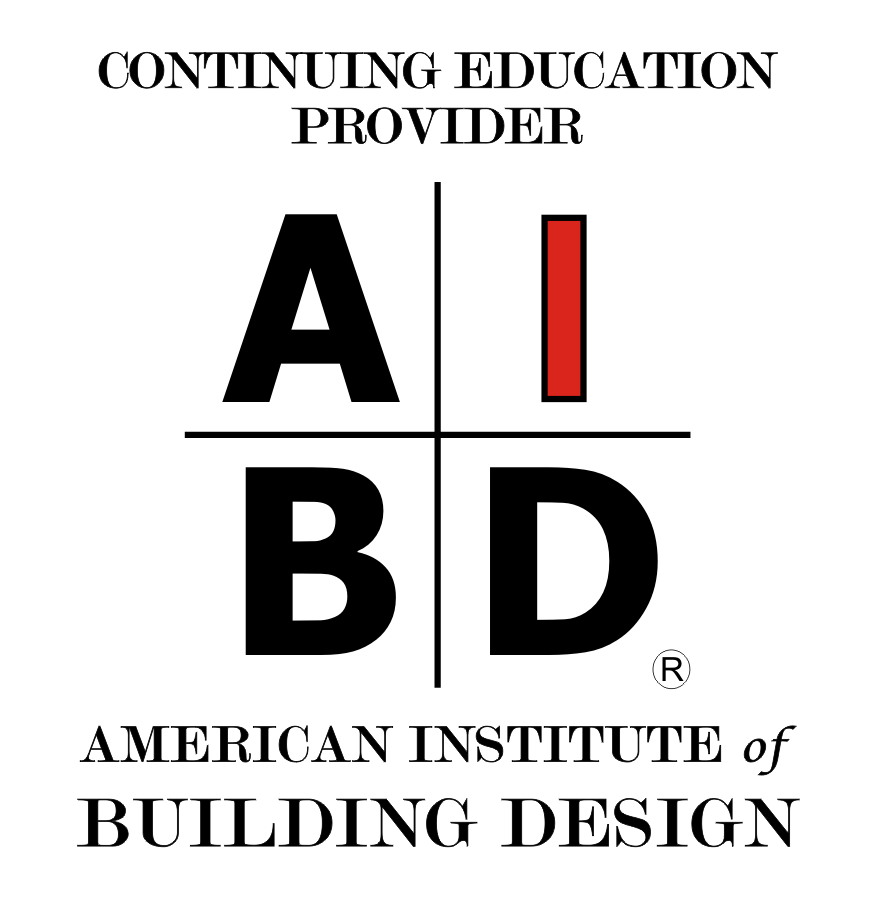Green Boots on the Ground
Real-world examples of practical ways to improve sustainability in large commercial projects
Sponsored by Construction Specialties | Presented by Jason Jewhurst, George Gard, and Mridula Swaminathan
Webinar On-Demand
This webinar is part of the Mastering Movement Academy
Through case studies and examples of new product technology and real-world examples of thought-leading ways to improve sustainability in purpose-built projects, this webinar will explore recent innovations in sustainable design. Speakers will discuss how material specification can greatly impact embodied and occupied carbon reduction, conserve natural resources and protect ecosystems, reduce waste through recycling and efficient design, and improve occupant well-being (IAQ). This AIA-approved CEU will provide practical and “boots on the ground” examples of how architects and designers can support the sustainable goals of clients, as well as go above and beyond the call to create a statement of sustainability for their firm.
Jason Jewhurst, George Gard, and Mridula Swaminathan of Bruner/Cott Architects will present the transformative, carbon-conscious, conservation of Harvard University’s Graduate School of Design at Gund Hall, focusing on energy efficiency and occupant well-being and comfort.
Designed by John Andrews, it is considered a heroic marvel of concrete-modernism. Upon completion of the project it will be a leading example of sustainable performance for significant modern buildings of this type and scale.
Across multiple phases, the project will replace the complex curtainwall and special window assemblies to meet advanced energy codes and conserve original design elements. BIM-based models for carbon emissions, energy consumption, and lighting guide the design for heightened storm resistance.
At the end of these dynamic presentations, there will be a brief Q&A session to discuss key points from the webinar.

Photo Peter Vanderwalker Courtesy Harvard GSD)
The Trays at night, Harvard Graduate School of Design
 |
Jason Jewhurst, FAIA – Partner + Principal - Principal-in-Charge, Gund Hall– leads design teams at the firm to explore possibilities inspired by a shared set of values and goals to create high-performance contemporary architecture, transformative building reuse, and mid-century modern renewal. Jason’s passion for reconnecting with the natural environment informs all of his work as a specialist in sustainable and high-performance building design. Leveraging a strong technical background in building systems, technology, and sustainable materials, Jason is driven by a deep respect for craftsmanship, the art of making, and the possibilities created by merging tested traditions of construction with new fabrication technologies and material production. Jason’s award-winning work includes the revitalization of the Smith Campus Center at Harvard University with Hopkins Architects; the Swift Factory in Hartford, Connecticut; the Charles River Speedway in Boston; the Rivermark Towers in Cambridge, Massachusetts; Harvard Hall at Harvard University; and the Living Building-certified R. W. Kern Center at Hampshire College in Amherst, MA. |
 |
George Gard, AIA – Associate - Project Designer, Gund Hall, is an architect and urban designer with experience in a wide range of building types. His recent work on Phase 3 of the firm’s seminal MASS MOCA project includes the transformation of mill buildings there for new use, as well as turning a water tower into an installation by artist James Turrell on the site. George also led the design, approvals, and realization of a multifamily development including three existing buildings and one new the heart of Cambridge, Massachusetts. At Harvard University, he worked on the careful insertion of new additions to its mid-century Smith Campus Center as well as the restoration and storm hardening of a campus power plant. |
 |
Mridula Swaminathan, Associate AIA – Designer, Gund Hall, is a designer with strong focus on human interactions and community engagement. She believes this perspective has made her a very socially aware and sensitive architect. Coming from a culturally diverse background, she is interested in studying and better understanding how societal factors can drive innovative design approaches in an ever-evolving context. She is drawn to projects that skillfully balance preservation, transformative reuse, and sustainable design to positively contribute to the built environment. |
Founded in 1948, Construction Specialties (CS) is a specialty building products manufacturer. CS provides solutions to complex challenges architects, designers, building owners, facility managers, and contractors face every day. Since inventing the first extruded louver, CS has become a global leader in interior wall protection, impact-resistant doors, entrance mats & grids, expansion joint covers, architectural louvers & grilles, sun controls, explosion & pressure relief vents, cubicle curtains & tracks and stairs, awnings & balconies. CS draws upon extensive expertise to design high-quality products—many of which are Cradle to Cradle Certified™ Products Program. For more information please visit: c-sgroup.com
Originally published in Architectural Record
Originally published in July 2024
LEARNING OBJECTIVES
- Explain how sustainable design can impact both the planet and health and well-being of occupants.
- Explore examples of reducing embodied and occupied carbon loads on commercial buildings through thoughtful material specification.
- Discuss the benefits to clients, visitors, and the community when commercial buildings are designed with a specific sustainable goal threshold.
- Evaluate how lifecycle thinking, and material optimization is used to design more sustainable buildings.












